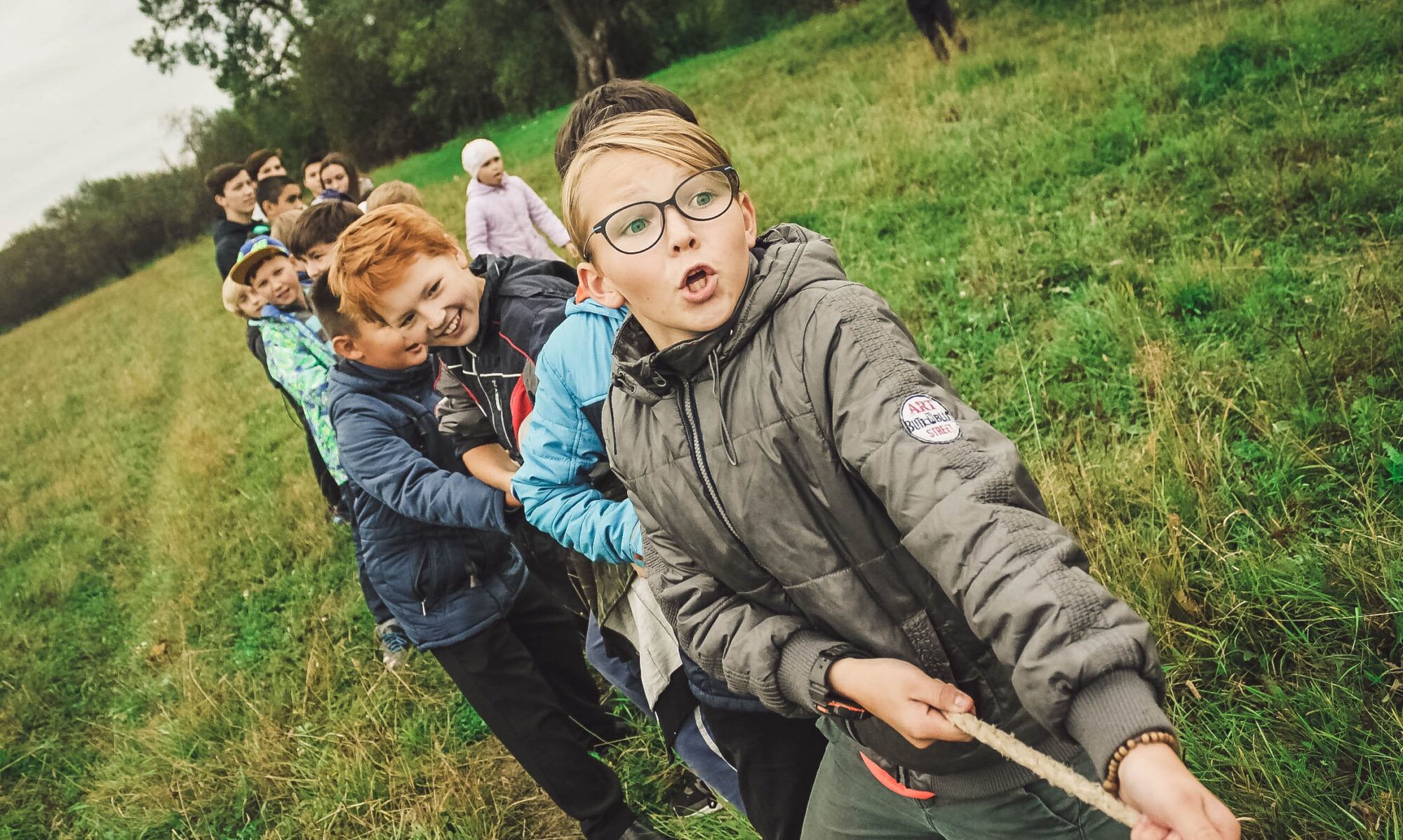Let students help you transform your school
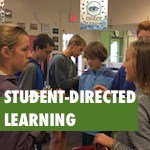 Creating sustainable systemic change is hard work. Yet there are readily available, free, renewable resources right in your classroom. Students are embedded experts, creative geniuses, ruthless truthtellers, and intrinsic futurists.
Creating sustainable systemic change is hard work. Yet there are readily available, free, renewable resources right in your classroom. Students are embedded experts, creative geniuses, ruthless truthtellers, and intrinsic futurists.
Here are four examples of students as partners in school change: partners in building a makerspace, redesigning PLPs, serving the school community and negotiating curriculum.
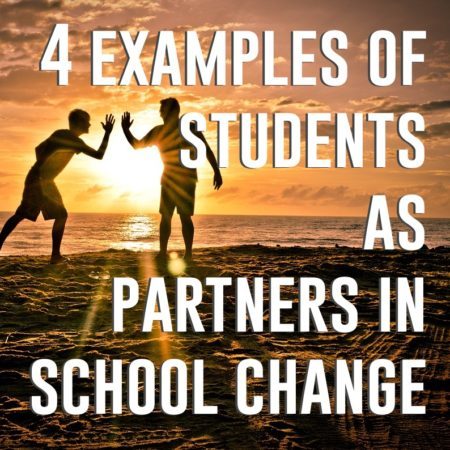
1. Partners in: designing and building a makerspace
Students at Crossett Brook Middle School in Duxbury VT worked with librarian Jen Hill to launch the makerspace last year. They consulted on the design from initial concept through updates, feedback, construction and launch. Since that launch, the 6th and 7th grade students on the planning team continue to meet weekly, to help grow the makerspace and keep it focused on its mission.
Students have:
- Led tours of the makerspace for external visitors;
- Supervised open makerspace sessions for other students, including enforcing safety rules, coordinating materials, and cleaning up;
- Solved issues as they arose, such as designating a space for students to save unfinished projects, creating rules and guidelines, and coming up with a continuum of appropriate computer use;
- Created makerspace challenges that students can complete to earn badges for the Crossett Brook MakerSpace Wall of Fame.
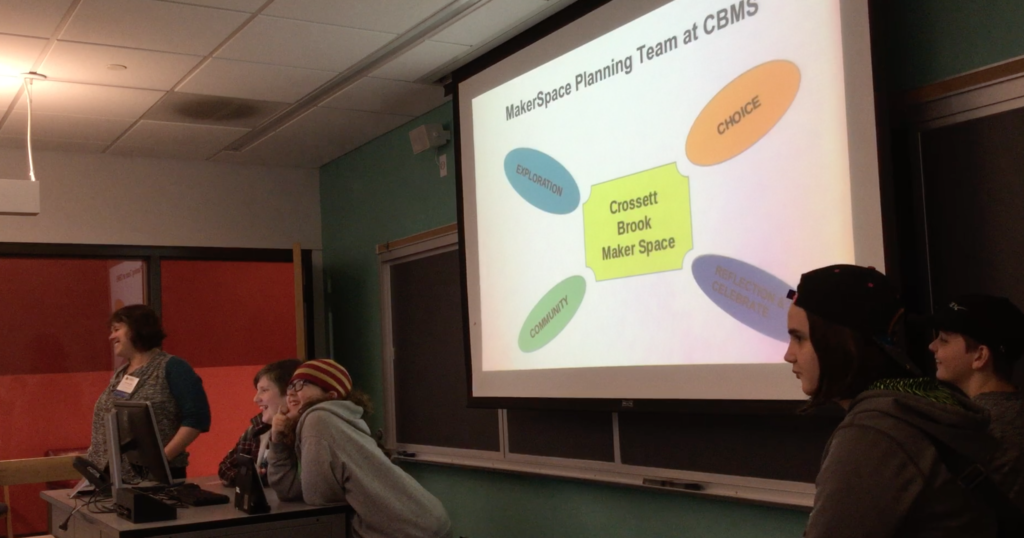
The students presented lessons learned from the experience at the 2017 Dynamic Landscapes conference.
Partnering with students in undertaking a new initiative encourages them to take ownership of the process. But it creates an end product rich in authentic student voice and leadership.
2. Partners in: re-designing PLPs
Implementation of personalized learning plans (PLPs) in Vermont continues to undergo improvement. Students at Stowe Middle School and Peoples Academy Middle Level have been meeting regularly to brainstorm ideas about how those PLPs can be improved. And they’ve been sharing that feedback with receptive educators.
The two schools began by meeting via Google Hangout. From there, they formed individual partnerships to focus on their own PLPs. Then the two groups of students engaged in PLP-brainstorming over pizza-making, generating ideas about future PLPs as well as tasty pies.
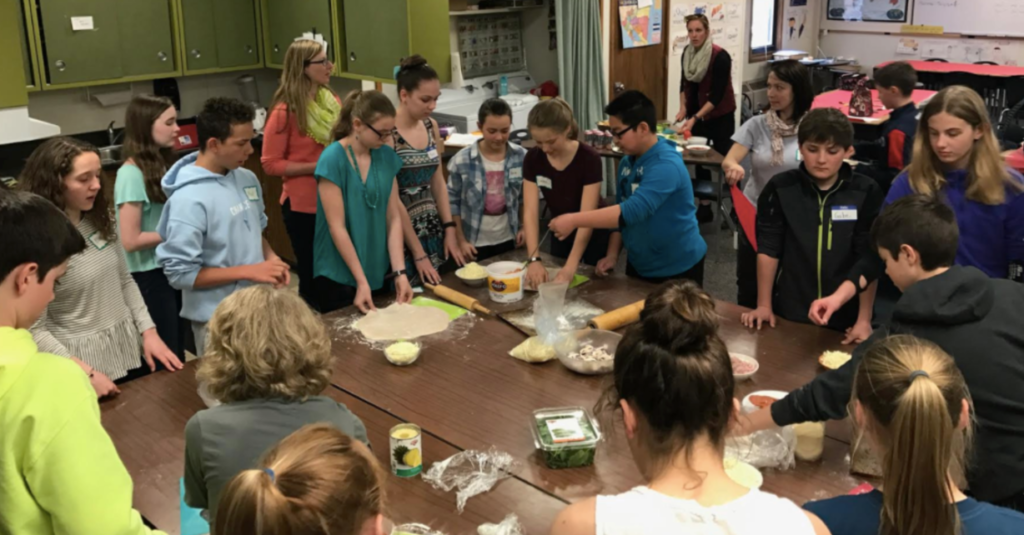
PLP (re)Design Day v 2.0
After that, students from both schools joined three other VT middle schools for a day at the University of Vermont. The students presented their own experiences with PLPs and created ‘PLP pitches’ to local decisionmakers in hopes of improving the process.
Sharing our #PLP work w/ like minds #vted @hennesss @lifelegeros Many similarities. #passionprojects pic.twitter.com/IaN7EoWPHv
— Lori Lisai (@lorilisai) June 5, 2017
This kind of cross-school leadership can help students see the “big picture” of schoolwide and state-wide initiatives. As a result, students feel welcomed at the table to play a role in school change.
3. Partners in: service learning
In Katy Farber’s 6th grade classroom, it was not uncommon for students to leave in the middle of a lesson. They were heading to work.
Each of Farber’s students performed a service in the school through her iLead program. iLead framed these services as professional “jobs”.
As part of iLead, 6th grade students applied for jobs in the school, worked with mentors on the job, and documented their year-long learning in portfolios. Then, at the end of the year, students shared those portfolios with their community.
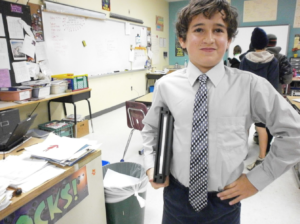
iLead treated young adolescents to adult-style employment opportunities because that’s a key motivational factor for this age group. As a result, students tasked with improving their school community in this manner gained greater investment in their school.
4. Partners in: negotiating curriculum
At Flood Brook School, in Londonderry VT, students advised educators Charlie Herzog and Carinthia Grayson on a recent unit about human impact.
First, students elected two representatives from each grade level (6-8) to form a Curriculum Guidance Team. That team then met regularly with teachers during lunch and recess to shape key aspects of the unit.
Students provided guidance on:
- How to extract themes from the list of questions that students brainstormed during the entry event;
- Developing the requirements for the final project;
- And creating a rubric and assessment process.
The student Curriculum Team advocated for lots of latitude on the format of the final project, and students definitely produced. Check out the student-made board game, below, called “Extinction-opoly”.
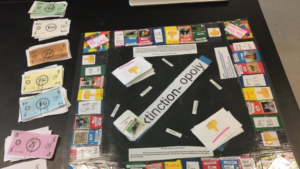
As a result, at the end of the unit, a student survey showed high levels of engagement. Especially relevant are these quotes from two 8th grade students who hadn’t been highly engaged with classwork in the past.
- “I think it was nice that the students had a say in what we were learning about and our project. It was also nice that some of our peers could answer our questions about the project and not just teachers.”
- “I liked it! Throughout the years I always felt that if we had a say in our subjects that the unit will be very fun. In the end when we tried that I thought it was great.”
Why enlist students as partners in change?
Because fostering student voice and leadership is hugely beneficial for students.
The powerful research synthesis Motivation, Engagement, and Student Voice provides evidence that increased student agency leads to increased motivation and engagement. In addition, the Quaqlia Institute’s School Voice Report 2016, based on surveys of 60,000 students, shows a clear relationship between student perception of agency and other positive perceptions.
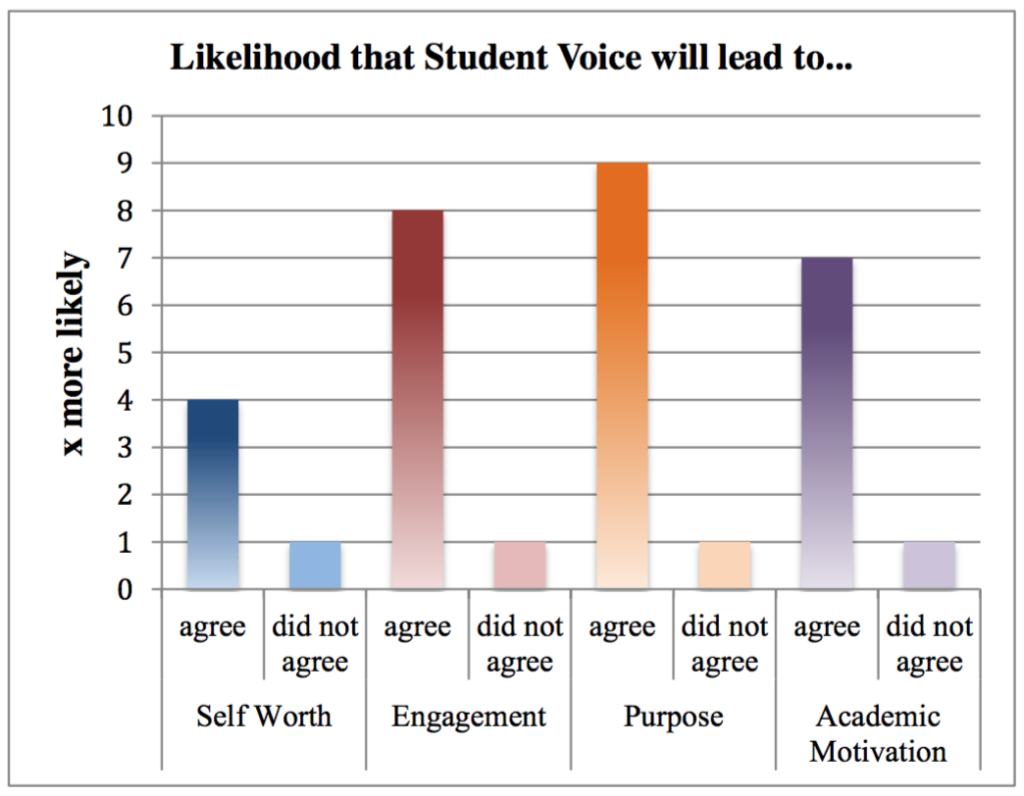
Partnering with students is also beneficial for schools.
In Putting Students at the Centre of Education Reform, Ben Levin presents five arguments for genuine student involvement in school change.
- Change efforts need buy-in from students.
- Students have unique and useful perspectives.
- Their views can mobilize staff and parents.
- Constructivist learning requires students to be active.
- And finally, students produce school outcomes so they need to be involved.
And it’s beneficial for teachers.
In conclusion, there’s something special that happens for teachers who make it their mission to partner with students. As Toshalis and Nakkula put it:
“If we understand teaching to be a creative profession and the classroom to be a learning community invested in building knowledge, then we might best understand teachers as the “chief learners” in classrooms.
Experimentation, exploration, investigation — these are the activities the student-centered learning teacher can share with students.”
How will you enlist students as partners in change?
